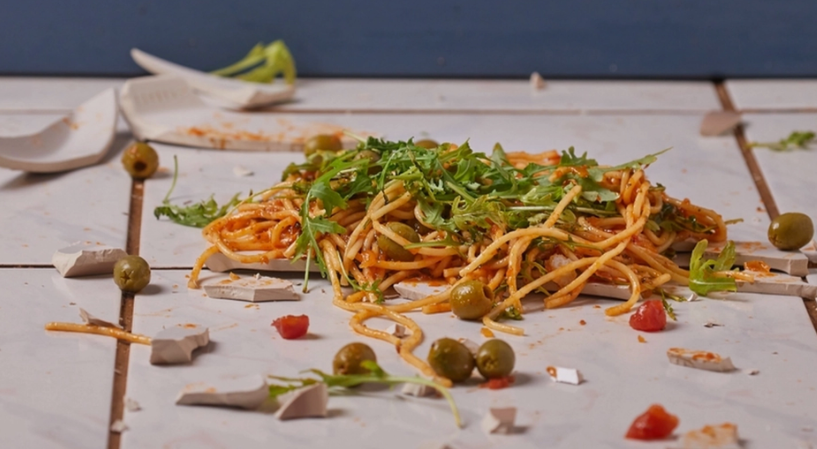Is the five-second rule a microbiological truth or just a psychological habit?
Others are reading now
Is the five-second rule a microbiological truth or just a psychological habit? Science has weighed in on this long-running debate with intriguing insights.
We’ve all heard it before: if you drop food on the floor, you have five seconds to pick it up and eat it without risking contamination.
The so-called five-second rule has been a common belief since childhood, often more as a playful habit than a true belief. But does it really have any scientific basis?
Also read
Instant Bacterial Transfer
The essence of the five-second rule lies in how quickly bacteria can contaminate food.
In 2007, Clemson University food scientist Paul Dawson conducted one of the few scientifically rigorous studies on this topic. His research showed that food picks up bacteria as soon as it touches the floor.
There is no grace period where your food remains germ-free.
Factors Affecting Bacterial Transmission
The story doesn’t end there.
Donald Schaffner, a food scientist at Rutgers University, along with his student Robyn Miranda, built on Dawson’s work in 2016. Their experiments considered different foods and surfaces and revealed that while bacterial transfer is instantaneous, the amount of bacteria depends on several factors:
-
Type of Food: Moist foods such as watermelon, apple slices, and tomatoes pick up more bacteria than drier foods such as crackers or bread.
-
Type of Surface: Carpeted floors transfer fewer bacteria compared to tiles or stainless steel. Additionally, other surfaces such as unwashed hands, utensils, and cutting boards can also introduce bacteria.
So, is it dangerous to eat food that has been left on the floor?
Generally speaking, no.
Schaffner’s findings indicate that “ninety-nine percent of the time it’s probably safe.”
The National Geographic article that covered these findings sums it up well: the five-second rule is more about psychological comfort than scientific fact.


